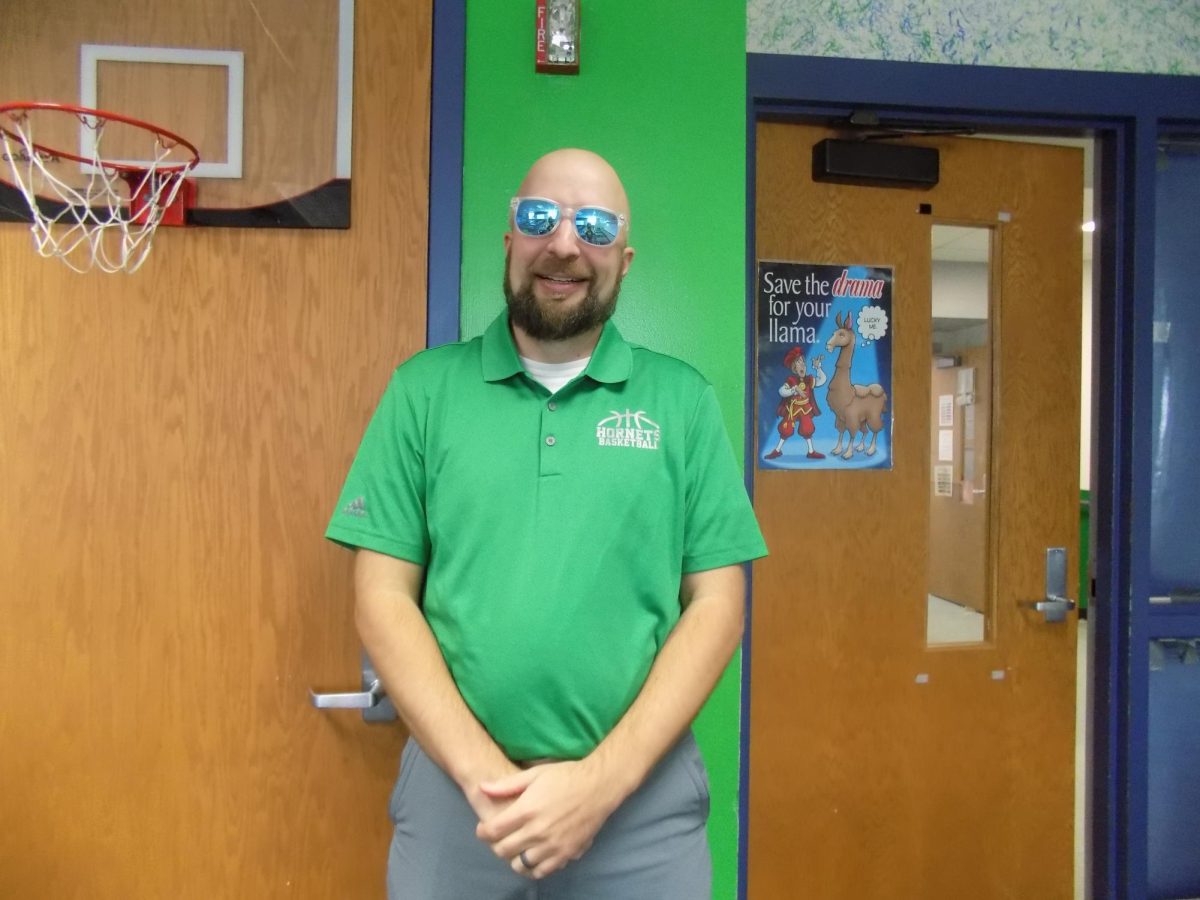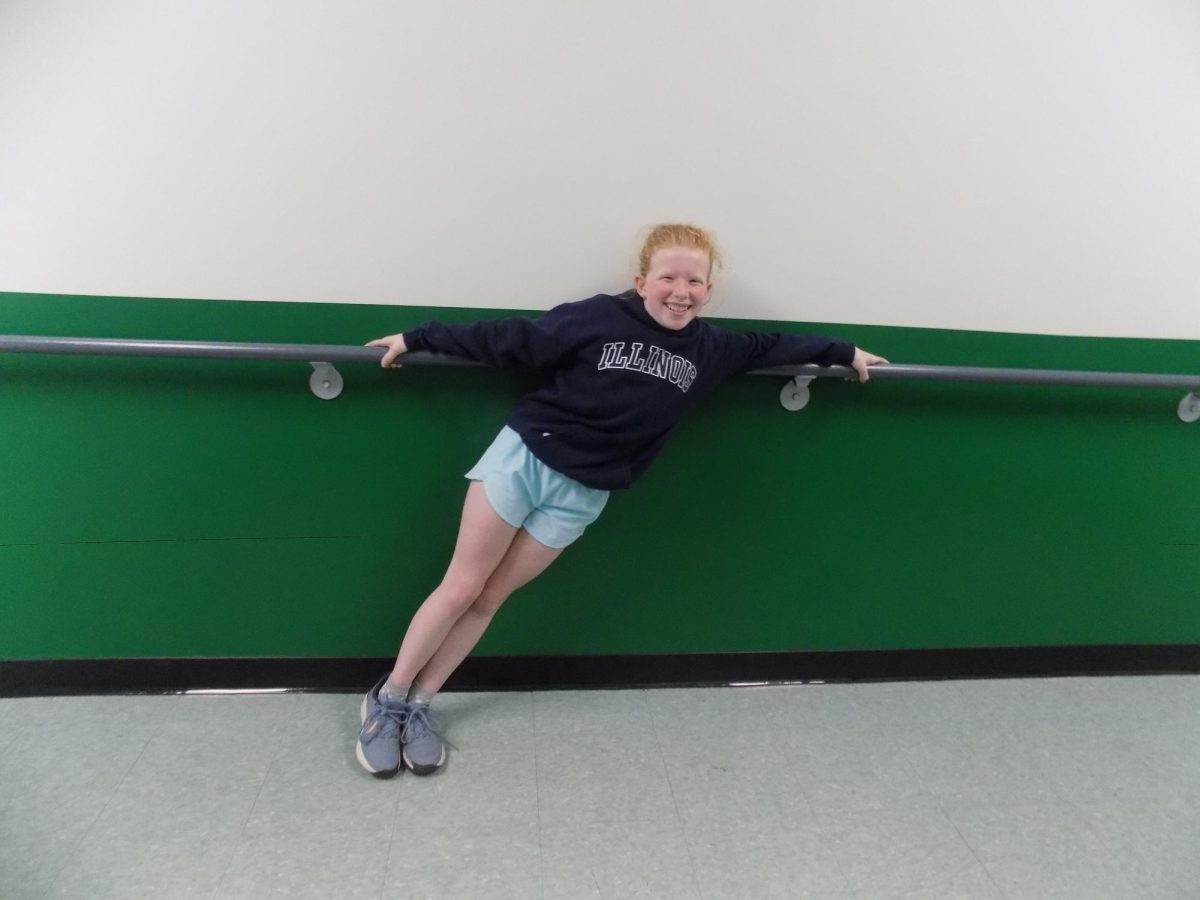Everyone knows it is hard to be a teacher. Every job has its difficulties, but don’t you want to know what goes on behind the scenes? If you’re curious, then continue reading!
Planning and Preparing Lessons
One of the most time-consuming tasks for teachers is planning lessons. While it may seem like an educator simply walks into the classroom and teaches, the reality is far more complex. Teachers spend hours preparing lessons to ensure they are engaging, educational, and aligned with curriculum standards. This preparation may include:
- Researching new materials
- Creating learning objectives
- Differentiating instruction
Grading and Feedback
Grading assignments is another behind-the-scenes task that often consumes more time than expected. Teachers grade essays, quizzes, projects, and homework, and each assignment requires careful attention. Feedback is an essential part of this process, as it helps students improve and understand where they need to focus their efforts.
- Detailed feedback: Teachers often write personalized comments to guide students in their learning. This takes time and thoughtfulness to ensure the feedback is constructive and motivating.
- Assessing student progress: Grading isn’t just about assigning numbers or letters. Teachers must analyze how well each student is grasping the material and make decisions about how to adjust instruction to meet individual needs. This process requires tracking progress over time and often involves keeping detailed records of each student’s work.
Classroom Management
A teacher’s ability to manage a classroom effectively is one of the most critical aspects of their role. Classroom management involves creating an environment that is conducive to learning, maintaining discipline, and fostering a positive and inclusive atmosphere. While much of this may seem like an inherent part of teaching, it requires constant attention and adjustment.
- Building relationships: Successful classroom management starts with building strong relationships with students. Teachers work hard to earn their students’ respect, establish trust, and create a sense of belonging.
- Addressing behavioral issues: Teachers are often the first line of defense when it comes to addressing behavioral challenges. They must handle disruptions, manage conflicts, and provide support for students who may be struggling with emotional or social issues.
- Creating a positive environment: Beyond managing behavior, teachers work to create a space where all students feel valued, respected, and motivated to learn. This involves designing classroom routines, setting clear expectations, and encouraging collaboration.
Professional Development
Teaching is a dynamic profession, and educators must stay current with new research, teaching strategies, and educational technologies. Continuous professional development is key to maintaining high standards and improving practice.
- Attending workshops and conferences: Many teachers participate in workshops, seminars, and conferences to deepen their knowledge or learn new skills. This could range from learning about the latest educational technologies to understanding best practices for teaching students with special needs.
- Collaborating with colleagues: Teachers often collaborate with other educators to share strategies, discuss challenges, and work together to improve the learning environment. This collaboration can take place during staff meetings, team planning sessions, or informal discussions.
- Pursuing advanced degrees or certifications: Many teachers go back to school themselves, earning additional certifications or advanced degrees to further their expertise and increase their impact on students.
Building Connections with Parents and the Community
An often overlooked aspect of a teacher’s job is their involvement with parents and the broader community. Teachers maintain communication with parents about their child’s academic performance, behavior, and social development. This partnership is essential for a student’s success.
- Parent-teacher conferences: Teachers often meet with parents to discuss their child’s progress. These meetings may be scheduled periodically, but teachers frequently communicate with parents throughout the year via emails, phone calls, or online platforms.
- Engaging with the community: Teachers also collaborate with local organizations, businesses, and community members to enrich their students’ learning experiences. This might include organizing field trips, inviting guest speakers, or involving the class in community service projects.





















